Bootstrapping involves the use of positive feedback from output to input of an amplifier, of nearly unity gain, in such a way that a particular point in the circuit is "pulled up as if by its own bootstraps"
The bootstrap technique is used to make a low value gate resistor Rg appear to have a much higher value as seen by the input signal.
With the addition of a large fixed capacitor C, connected from the source terminal of the transistor to the bottom end of Rg and to the junction of Rb1 and Rb2.
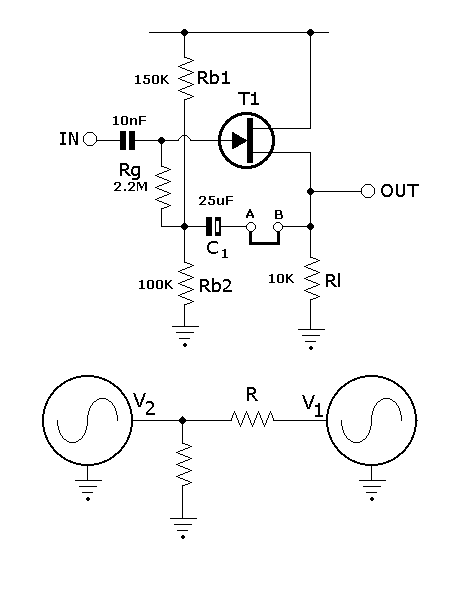
Assume link A-B is removed.
The input resistance seen by the signal Vin is now Rg plus the parallel combination of Rb1 and Rb2.
In a practical case it might be around 2.5Mohm.
If link A-B is connected; the change in signal current through Rg is almost zero, since there is no net change in voltage across it.
Rg behaves as if its resistance was infinitely large, in terms of its loading effect on the signal. The resistor seems to have infinite impedance although we know the real impedance of the resistor is low. If we call the voltage gain of the source follower Av and since the whole of the output is fed back through the capacitor C to the bottom of Rg, the actual AC voltage V1 across Rg must be given by the equation

The Ac current i1 through Rg is given by
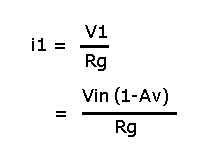
So the effective shunt impedance of the gate bias network, as seen by the signal must be
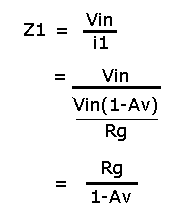
Now let Rg = 2 Mohm and Av be 0.95
The apparent shunt resistance seen by the signal will be
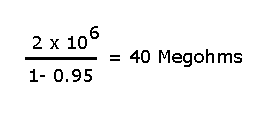
Capacitor C1's reactance should be less than Rg's resistance at the lowest expected frequency.
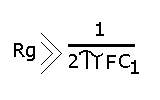
This will ensure that the high input impedance is maintained at all signal frequencies.
The input resistance can be further raised by using the compound source follower with bootstrap.
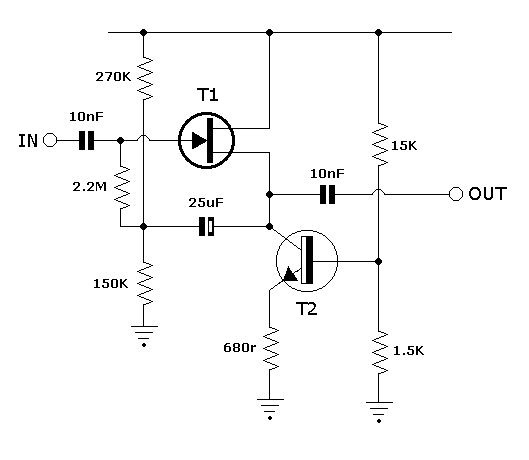
A bipolar transistor is used as the load resistor of the FET, in place of resistor Rl.
T2 serves as a constant current device, i.e. one with a high apparent internal resistance which nevertheless has quite a low ohmic resistance from collector to ground.
The effect is to provide the FET with a very high dynamic load in its source circuit while maintaining a low ohmic resistance from source to ground .
This results in a voltage gain of around 0.99 c.f. 0.95 as previous.
Therefore the effective value
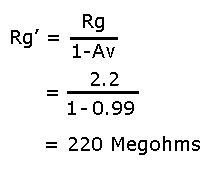
With the already high impedance of JFET and MOSFET devices anyway the need for "bootstrapping" is mostly unwarranted.
However this technique was used extensivley in vacuum tube and transistor circuits where the input signal device could only be very lightly loaded, i.e. photo tubes, condensor microphones, pulse forming networks etc.
But I thought the theory was good enough to revise again.